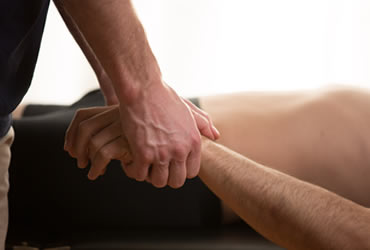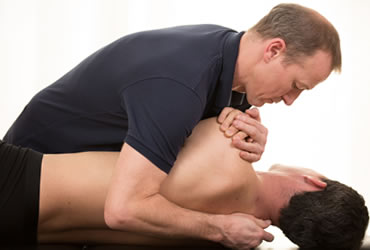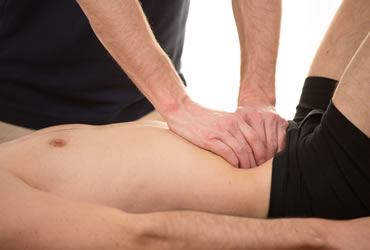Osteopathic medicine aims to restore disturbed equilibrium at all functional levels of the human body. Restores the necessary mobility to that of someonein good health.
Osteopathy is the science and art of diagnosing and treating mobility dysfunctions of human body tissues, which cause disorders and disturb the healthy state of the organism
The 5 Basic principles in Osteopathy:
Holism: the body functions as a unit, not as a set of organs.
Form-function relationship: the structure of an organ influences its function and vice versa.
Homeostasis: the body has self-regulatory mechanisms.
Self-healing: the body always seeks repair, although the disease alters that effort.
Circulation: the movement of body fluids is essential for the maintenance of health.



The 3 columns of Osteopathy
There are 3 different disciplines, each oriented to the attention of the affected structure:
Structural Osteopathy: Dedicated to the restoration of the musculoskeletal system and its function, focusing on the spine, other joints, ligaments, tendons and fascia.
Cranial Osteopathy: It focuses on cranial problems and their influence on the central nervous system.
Visceral Osteopathy: Focused on organs and viscera, improving their function through manipulation to achieve better mobility and finally better blood flow.

